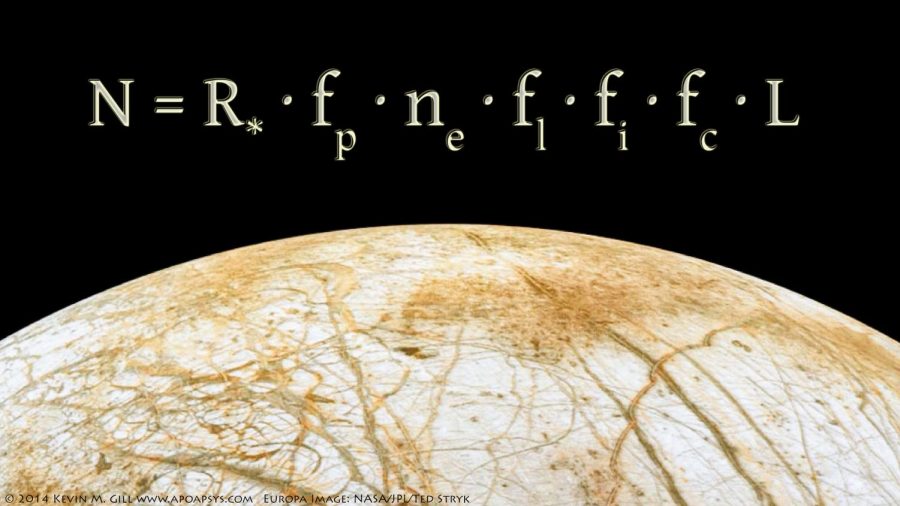The Drake Equation
What Relies On the Variable L
The famously asked question: “Where Are They?” by the Italian physicist Enrico Fermi lead to much speculation. People wanted to know if there was life elsewhere in the universe. Frank Drake, an astronomer, came up with an answer. He created an equation that would predict the probability of alien life in the Milky Way. This equation, named after him as the Drake Equation, has eight parts:
N = (R*)(fp)(ne)(fl)(fi)(fc)(L)
Each part is a different variable that represents a factor for life to exist in the galaxy. For example, R* is the rate of star formation. However, the most important variable by far is L, the average age of a civilization. No matter what the other variables amount to (except for zero), the whole equation can be altered by the value of L.
The universe is old, really old. There could be multiple civilizations that come and go. Any hopes of them contacting each other are lost if they never exist at the same time. This is why the equation depends on L. If there are a total of ten thousand civilizations thus far in the life of the Milky Way, but they all only last for an average of 5,000 years, the chances of them overlapping after being able to meet all the criteria of the other variables is slim.
In truth, much of the Drake Equation is still unknown and murky. It is impossible to know the values of every variable without further exploration, experimentation, and technology.
Related Articles:
https://www.seti.org/drake-equation-index











